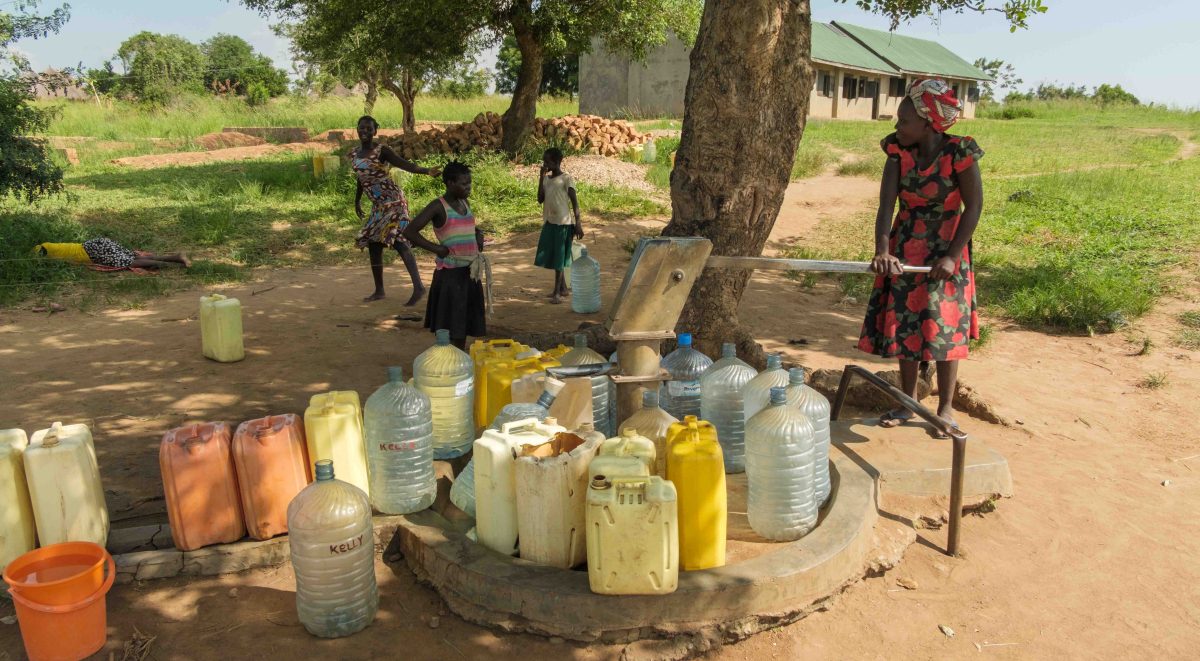
Murchison Falls, located in Uganda, is one of the most breathtaking natural wonders in Africa. However, the people living around this area face several significant challenges. From Wildlife conflicts near Murchison Falls to a lack of basic amenities like education, health facilities, and water, the local communities are in dire need of help. In this article, we will explore the various challenges affecting people around Murchison Falls and discuss potential solutions.
Wildlife conflicts near Murchison Falls
Living near a national park like Murchison Falls can be a double-edged sword. On one hand, the proximity to wildlife can boost tourism, providing some economic benefits. On the other hand, it leads to frequent conflicts between humans and animals. These wildlife conflicts manifest in various forms, from crop destruction by elephants to attacks on livestock by predators like lions and leopards.
Crop Destruction
Farmers around Murchison Falls often wake up to find their crops trampled or eaten by elephants. This not only leads to food insecurity but also causes financial losses. Many farmers rely solely on agriculture for their livelihood, and losing crops can be devastating.
Livestock Attacks
Predators such as lions and leopards pose a constant threat to livestock. Cattle, goats, and sheep are often attacked, leading to significant financial losses for the farmers. Efforts to protect livestock sometimes lead to retaliatory killings of these endangered animals, further exacerbating the conflict.
Lack of Education and Health Facilities
Another significant challenge is the lack of education and health facilities. Many children in the region do not have access to quality education, and healthcare services are often inadequate or unavailable.
Education
The schools that do exist are often underfunded and understaffed. Many children have to walk long distances to attend school, and the quality of education they receive is often subpar. This lack of education limits their future opportunities, trapping them in a cycle of poverty.
Health Facilities
Healthcare is another area where the region struggles. The few health facilities that exist are poorly equipped and understaffed. This leads to high mortality rates, especially among infants and pregnant women. Diseases that could easily be treated or prevented with proper medical care often go untreated, leading to unnecessary suffering and death.
Lack of Employment
Limited Job Opportunities. Unemployment is a major issue in the Murchison Falls area. The local economy is primarily based on agriculture and tourism, but these sectors do not provide enough jobs to meet the needs of the growing population. Young people, in particular, find it challenging to secure stable employment, leading to high levels of youth unemployment.
Seasonal Employment
Tourism, one of the primary sources of employment, is highly seasonal. During the off-peak seasons, many people find themselves without work, leading to financial instability and insecurity. This seasonal nature of employment makes it difficult for families to plan for the future and meet their basic needs consistently.
Lack of Water in Mubako Village
Mubako Village, located near Murchison Falls, faces a severe water crisis. The lack of clean and accessible water affects every aspect of life in the village.
Water Scarcity
Water scarcity is a daily challenge for the residents of Mubako Village. The few available water sources are often far from residential areas, forcing people to walk long distances to fetch water. This task usually falls on women and children, taking up valuable time that could be spent on education or other productive activities.
Health Implications
The lack of clean water also has serious health implications. Many people are forced to use contaminated water sources, leading to waterborne diseases such as cholera and dysentery. These diseases are particularly dangerous for children and can lead to high mortality rates if not treated promptly.
Potential Solutions
While the challenges facing the people around Murchison Falls are significant, there are potential solutions that could help alleviate these issues.
Wildlife Management
Implementing better wildlife management strategies can help reduce conflicts between humans and animals. This could include building barriers to protect crops, providing compensation for losses, and promoting coexistence between humans and wildlife through education and community involvement.
Education and Healthcare Investment
Investing in education and healthcare is crucial for the long-term development of the region. Building more schools and health facilities, providing adequate funding, and training more teachers and healthcare workers can significantly improve the quality of life for the local communities.
Employment Opportunities
Creating more job opportunities is essential to address the high unemployment rates. This could involve promoting small businesses, encouraging sustainable tourism, and investing in other sectors such as manufacturing and technology to diversify the local economy.
Water Infrastructure
Improving water infrastructure in villages like Mubako can have a significant impact on the community. This could involve drilling wells, building rainwater harvesting systems, and providing clean water storage facilities to ensure a reliable and safe water supply.
Conclusion
The challenges facing the people around Murchison Falls are multifaceted and complex. From wildlife conflicts to a lack of basic amenities, these issues require comprehensive and sustainable solutions. By investing in wildlife management, education, healthcare, employment opportunities, and water infrastructure, we can help improve the quality of life for these communities and ensure a brighter future for the next generation. By addressing Wildlife conflicts near Murchison Falls, we can make a meaningful difference in the lives of the people living around Murchison Falls.
